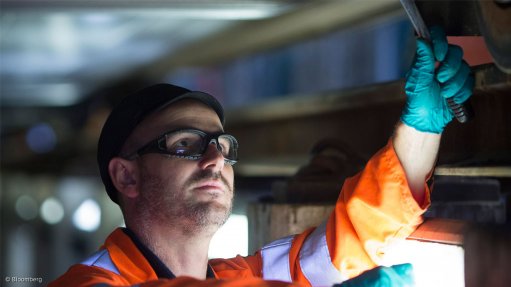
DRIVING STRATEGY
A maintenance vision will drive the composition of a maintenance strategy that should include all facets of an organisation
Photo by: Bloomberg
Ongoing challenges are faced by municipalities and State-owned enterprises that are struggling to operate and maintain their infrastructure, so much so that it severely hampers service delivery, says asset management company IHA Technology & Aviation director Allan Tarita.
However, this problem is not exclusive to government, as there are many corporate organisations that are also stuck in a pattern of ‘firefighting’ or as it is more commonly referred to ‘reactive maintenance’, he says.
“Many organisations in South Africa, public and private, remain caught in a pattern of reactive maintenance and simply suffer from a lack of maintenance vision,” Tarita tells Engineering News, noting that, without this clear and concise vision and its supporting actions, the daily practices can be regarded as cyclical or never-changing.
He believes that this will detrimentally affect any maintenance department in the long term, as it inhibits the department’s ability to move forward and evolve.
“The end results are often a rapid deterioration of assets, and regular and prolonged disruptions in the production of an asset,” Tarita says, reiterating that the cycle becomes continuously repetitive.
Moreover, reactive maintenance currently costs about nine times more than fully planned and scheduled maintenance, he highlights.
Tarita attributes this reactive maintenance pattern to industry pressures, a lack of knowledge or understanding regarding asset management best practices, a lack of knowledge regarding the finances of asset management, a change of leadership and a lack of commitment to proven processes.
Assessing Asset Management
“The general foundational pillars of good asset management are characterised by three core aspects of reliability that relate firstly to the asset, then the human component and finally to the actual maintenance process,” Tarita highlights. These aspects should be assessed to determine the maintenance practices and best practices.
However, companies have to place primary focus on a maintenance vision, as this will drive the composition of a maintenance strategy or tactics to ensure progress in carrying out maintenance functions in the interest of optimal equipment health.
“Without a vision, there is no energy and without energy or the need and stress to improve, there is no movement forward, period,” he stresses.